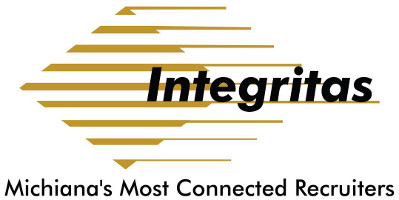Before you even get your foot in the door of your next job, your resume can say a lot about you — starting with typeface.
“Using Times New Roman is the typeface equivalent of wearing sweatpants to an interview,” Bloomberg says in an article in which it turns to typography experts to ask which typefaces work and which don’t.
Helvetica is the top pick when it comes to playing it safe and straightforward. “It feels professional, lighthearted, honest,” Brian Hoff, creative director of Brian Hoff Design tells Bloomberg. It’s cleaner and lacks the discrete embellishments of fonts like Times New Roman.
Times New Roman is trickier. Because it has a tired reputation, Hoff says using it shows that you didn’t put much thought into your font selection.
If your experience-heavy resume is cramped for space, go with Garamond, says Matt Luckhurst, the creative director at the brand consultancy company, Collins. Its legibility makes it easy on the eyes.
People love to hate Comic Sans. “Weird Al” Yankovic dedicates a lyric to the “tacky” blunder: “Got my new resume / It’s printed in Comic Sans.” Far from being a snob font, it tends toward the other end of the professional spectrum. Don’t use it on your resume “unless you are applying to clown college,” Hoff says.
Emoticons are an easy way to express ourselves in informal settings. So, is emoji use off the table in resumes? “I think it’s a great idea,” Luckhurst says. “Maybe an emoji is your logo.”
Who knows, maybe it’s the new “skills” category. But you might employ discretion before stamping your resume with your favorite emoji.
